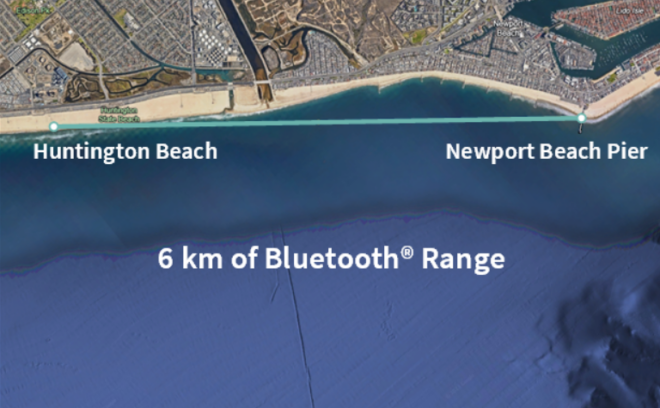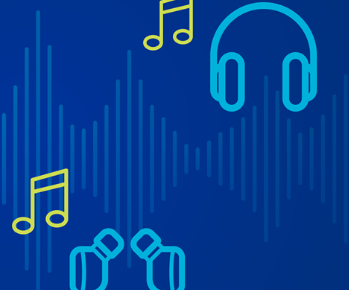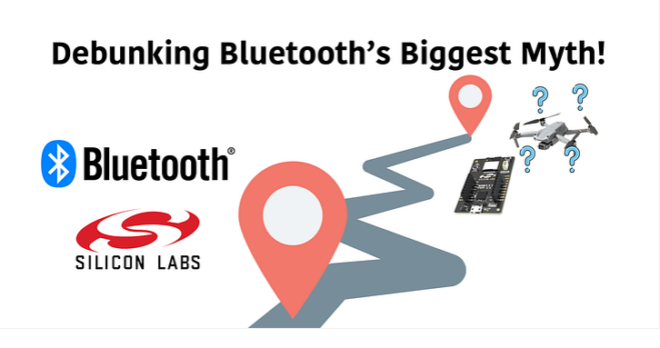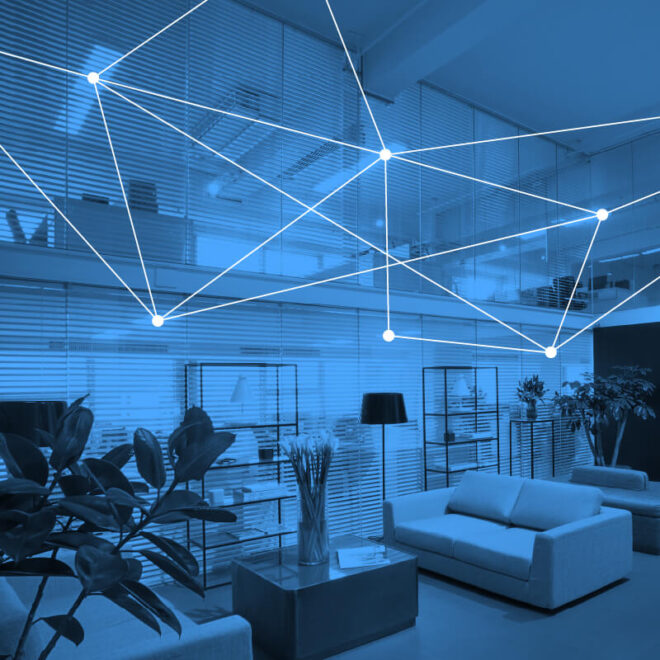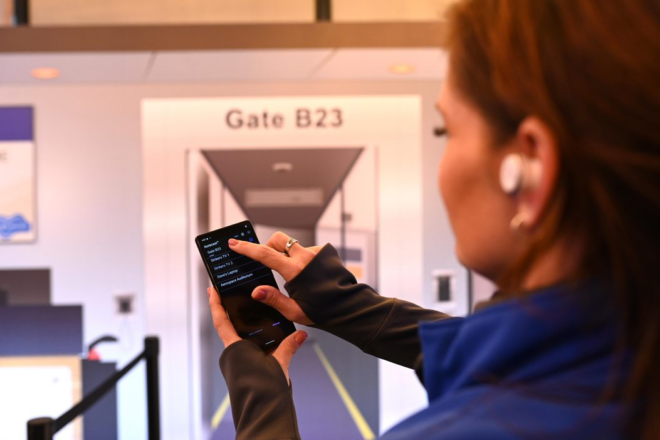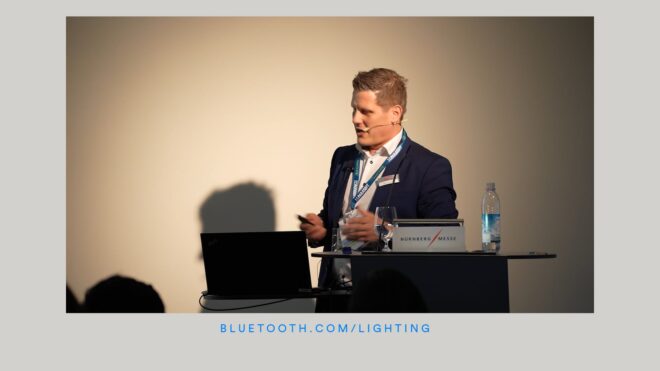In 2014 the world experienced the most widespread epidemic of the Ebola virus in history, devastating West Africa and resulting in significant loss of life across the region. Contact tracing is an essential method of preventing the spread of the disease, but its effectiveness can be limited as it requires detailed community surveillance to diagnose cases of Ebola, find everyone who been in close contact with the case, and track all contacts for 21 days. As the WHO Assistant Director-General for Global Health Security, Keiji Fukuda, explained, “We don’t have enough health workers, doctors, nurses, drivers, and contact tracers to handle the increasing number of cases.”
Contact tracing is often out-paced by the spread of infectious diseases, something 16-year-old Rohan Suri realized watching the crisis in 2014, which inspired him to develop a way to use smartphones to revolutionize the way the world deals with infectious disease.
“I’ve always enjoyed using my programming skills to solve the common problems we all face,” said Rohan. “Technology is unique in that the barrier to entry is so low. I don’t need high-tech laboratories to perform research—anyone with a computer and Stack Overflow can start changing the world with technology.”
Spurred by his passion for problem-solving, and by his own grandfather’s life-long battle with polio, Rohan developed kTrace, an application that uses Bluetooth® technology to record who you come into contact with and for how long. When a user reports feeling unwell via the app, patients and medical professionals can authorize kTrace to send a notification to all the individuals they were around so those people can seek immediate medical attention thereby preventing the disease from spreading further in the community.
“I needed kTrace to be able to measure and detect fine grain human-to-human interactions,” Rohan explained. “After researching my options, I realized Bluetooth is more accurate and uses less battery than any other method, like GPS or Wi-Fi Triangulation. I also need kTrace to achieve widespread adoption to be effective, and Bluetooth is in almost every smartphone.”
After developing the initial prototype and winning third-place at the Intel International Science and Engineering Fair, Rohan took the technology and developed a product-ready app and is currently beta testing a version of the smartphone app on Android. As part of this testing, taking place in his school this winter during flu season, Rohan hopes to discover: 1) if users during an epidemic are willing to download the app; 2) if users are willing to download the app that can predict whether they will get the flu or not; 3) if users are willing to self-report when they get the flu.
Up next for kTrace, Rohan would like to port the smartphone application to iOS and continue to push adoption in his school to collect data on how the flu and other infections spread through the community. This will allow him to develop a web interface for local governments to analyze this data and make better-informed decisions about community health.
“I hope I am always doing cutting edge research,” said Rohan. “I particularly love the area of artificial intelligence and machine learning – there is so much potential to revolutionize industries and use technology to make a real difference in the lives of people all over the world.”





